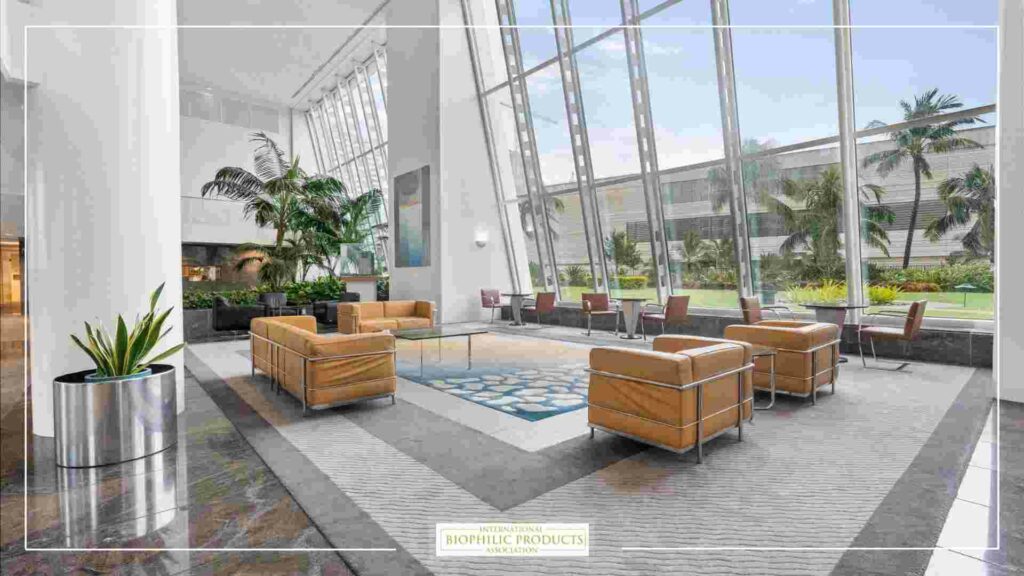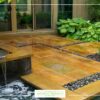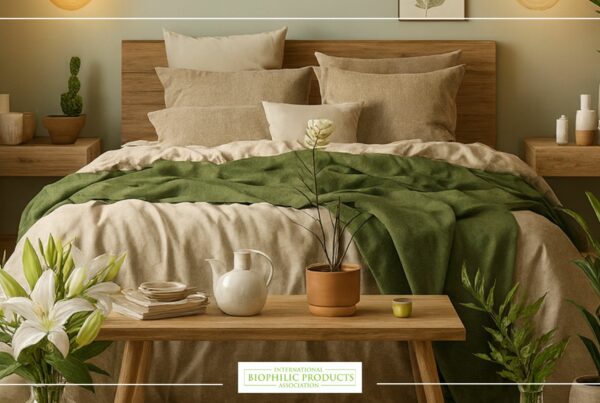
The idea of biophilic design has emerged as a groundbreaking strategy to reconnect man-made environments with the natural world. This approach aims to weave nature-inspired features into the places where we live and work, enhancing wellness, fostering creativity, and nurturing a balanced relationship with our surroundings. The guiding principles of biophilic design offer numerous benefits for both individuals and communities.
Understanding the concept of Biophilic Design
Biophilic design is grounded in the deep-rooted human instinct to feel connected to nature. First introduced by American biologist Edward O. Wilson in the 1980s, the term “biophilia” describes our inborn attraction to living systems and natural elements. Biophilic design expands on this idea by incorporating nature-based design elements into constructed environments to support our physical and psychological health.
These principles can be applied across different contexts—from homes and offices to schools and medical centers. Beyond adding plants, it encompasses thoughtful use of natural illumination, materials, hues, textures, and spatial arrangements that emulate or evoke natural experiences.
Improved mental health and overall well-being
One of the key advantages of biophilic design is its impact on emotional health and mental clarity. Interacting with natural components—such as daylight, vegetation, and flowing water—has been linked to reduced anxiety, better mood, and heightened mental acuity. Integrating these features into interior design helps cultivate calming and restorative spaces.
Studies have found that even viewing nature-themed imagery can help alleviate stress. By embedding natural stimuli into indoor environments, biophilic design ensures an ongoing connection to these restorative effects, encouraging relaxation and enhancing daily productivity.
Furthermore, given the critical role of air circulation, biophilic strategies often include solutions that improve airflow and introduce fresh air indoors, supporting healthier spaces.
Boosted focus and innovation
Nature-infused environments have been proven to support sharper thinking and innovative ideas. A study by the University of Melbourne showed that adding greenery to a dull office space increased employee productivity by 15%. Exposure to plants and daylight activates brain function, improves mental clarity, and encourages creativity.
Sunlight, a fundamental aspect of biophilic design, helps regulate sleep-wake cycles and contributes to better sleep. In turn, this leads to improved daytime alertness. Including more natural light in architectural plans raises the standard of interior environments and supports a functional yet nurturing atmosphere.
Reduced stress and sharpened cognitive abilities
Incorporating nature-based elements into built spaces can significantly lower stress, contributing to better mental wellness. Contact with natural features is associated with reduced cortisol levels—a key hormone related to stress. Biophilic design offers continuous sensory engagement through sight, sound, and touch, providing a calming presence.
Moreover, studies have demonstrated enhanced mental performance in nature-inspired environments. Harvard University research revealed that individuals in green-certified buildings outperformed peers in non-certified structures on cognitive assessments. Nature-resembling materials and access to outdoor views directly contributed to improved focus and mental capacity.
The use of green walls and air-purifying plants further promotes better air quality, possibly decreasing illness-related absences and increasing wellness.
Physical health improvements
In addition to mental health gains, biophilic design supports physical wellness. Access to natural daylight and views of the outdoors has been associated with better sleep, relief from Seasonal Affective Disorder (SAD), and quicker recovery rates in healthcare settings.
This has made biophilic principles increasingly popular in hospitals and clinics, where natural scenery, healing gardens, and earthy materials create environments that not only look comforting but also promote healing and care for both patients and medical staff.
Reconnecting cities with nature
As urban development reshapes how we live, biophilic design offers a pathway to bring nature back into dense cities. Even in areas with limited greenery, intentional design interventions—like pocket parks, rooftop gardens, and vertical plant walls—can offer essential nature-based experiences.
Urban designers and architects are incorporating these principles to build more resilient, healthy, and visually appealing city landscapes.
Promoting sustainability and eco-conscious living
Biophilic design naturally aligns with eco-friendly practices and environmental responsibility. By fostering deeper ties to the natural world, individuals often become more aware of their ecological impact and more supportive of green practices.
Sustainable materials, energy-saving technologies, and climate-conscious design methods are frequently part of biophilic architecture, supporting broader goals of ecological preservation and community resilience.
Nature-based design can also help nurture stronger social bonds. Community gardens, shared green zones, and outdoor gathering spaces encourage social interaction and togetherness.
Incorporating natural elements into shared environments like offices and schools can promote teamwork, communication, and inclusion. Nature-inspired surroundings tend to be more inviting and welcoming, improving the quality of group experiences.
Practical ways to apply Biophilic Design
Implementing biophilic strategies doesn’t require a complete remodel. Even small updates can make a notable difference. Here are actionable tips:
- Emphasize Sunlight: use architectural layouts that let in maximum daylight, using skylights, window placement, and reflective materials.
- Add Greenery Indoors: place houseplants or green walls throughout interiors—even desk plants add value.
- Use Organic Materials: ppt for finishes like wood, stone, or natural fabrics to introduce earthy textures and patterns.
- Design with Views: arrange spaces to feature views of gardens, trees, or water when possible.
- Incorporate Water Features: use fountains, indoor waterfalls, or other calming water elements.
- Stimulate Multiple Senses: include scents, sounds (like birdsong or water), and tactile surfaces to create a richer experience.
- Create Quiet Retreats: design nooks for rest and reflection with comfortable seating and soft acoustics.
- Encourage Outdoor Use: add patios, balconies, or rooftop decks that invite people to engage with nature.
Read more about: 14 patter 14 Patterns of Biophilic Design are transforming modern architecture.
Challenges to consider
Despite its many strengths, adopting biophilic design in compact urban spaces can pose challenges. Collaboration among architects, planners, and policymakers is often needed to make space for nature.
Cultural context and individual preferences also matter; what feels calming or natural varies between people and places. Tailoring design choices to local environments and user needs is key.
Biophilic design offers a comprehensive, future-focused way to shape environments that prioritize human health, environmental harmony, and emotional well-being. As digital living and urban sprawl continue to rise, reintroducing nature into daily spaces is more critical than ever.
From mood enhancement and sharper thinking to stronger communities and climate responsibility, the rewards of biophilic environments go far beyond decoration—they support how we live, work, heal, and thrive.
As more architects, designers, and city builders embrace these principles, we may witness a shift in how spaces are conceived and experienced. Bringing the natural world indoors invites us to build healthier, more sustainable, and inspiring places for generations to come.











13 Comments